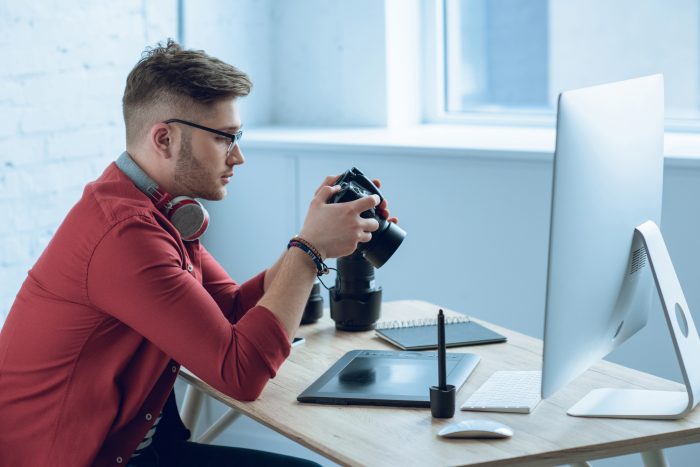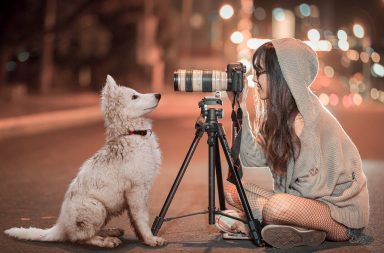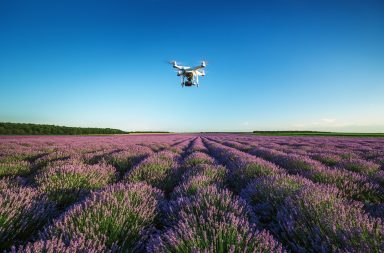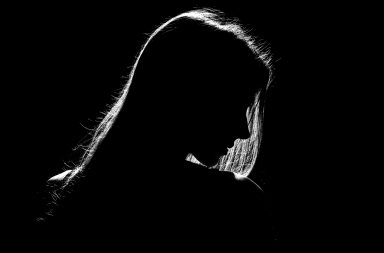Macro and micro photography are one of the most fascinating and enthralling categories of photography. It is like a secret door to a whole new world. Ordinary things and small creatures, suddenly become spectacular and captivating. All of the invisible or hardly visible structures and patterns discover a hidden beauty in unexpected places.
Mastering the skills and techniques to get sharp and beautiful images is challenging. It takes time and practice and a lot of patience. High-end gear is expensive. And you don’t want to splash a lot of money for some unnecessary items. However, there are some tips and tricks to help you to save some time and money. Once you get accustomed and comfortable with it, your new skill will bring you joy and satisfaction.
“In the world of photography, you get to share a captured moment with other people.” – James Wilson
What is the difference anyway, between close-up, macro and micro photography? This can be confusing for new photographers.
Macro Micro Conundrum
‘Macro’ and ‘micro’ look like opposites as ‘macro’ means big and ‘micro’ means small. But, in reality, macro and micro photography are often the same things. Actually, micro-photography is an extreme form of macro photography. How is it possible? Is this a hidden camera joke or something? This conundrum has a simple solution, though. All three styles of photography make small things look big. So, you have a ‘micro’ subject with a ‘macro’ view.
Close-up, Macro and Micro Photography
Close-up photography is close range photography. It is quite simple to undertake when compared to macro or micro photography. You just approach your subject until it fills the frame. Or until you reach the minimum focusing distance so if you get any closer you’ll lose the focus. There’s no need for extra gear and even a telephoto lens can do the job. Today, many ‘normal’ lenses offer macro settings, but it doesn’t make them macro lenses. And it is still close-up and not a macro photograph.
The most simple way to understand the difference between close-up, macro, and micro, is through magnification ratio. It is a ratio between a real-life size of the subject, and the image formed on the sensor of your camera. For example, if you take a photo of a lamp that is 1 meter tall, its image could be 1 cm tall on the sensor. That is 1:100 magnification ratio. When the image on the sensor equals real life size it is a 1:1 ratio.
Macro photography requires a macro lens that magnifies the subject to achieve at least 1:1 magnification ratio. To magnify the subject, even more, you will have to use some extra equipment. A macro photograph can capture much more details than a close-up shot.
“In photography, the smallest thing can be a great subject. The little, human detail can become a Leitmotiv.” – Henri Cartier-Bresson
When the ratio exceeds 5:1 we are talking about micro photos. Actually, this borderline is somewhat blurry. Different photographers will put it anywhere between 2:1 and 20:1. I guess it is safe to say that micro photography is a macro with a larger magnifying factor.
Magnifying Tricks
Most of the macro lenses can achieve 1:1 magnification ratio. Achieving greater magnification is possible with a couple of affordable additions.
Extension tubes – With the extension tubes you can increase the distance between the lens and the sensor. That way you can move closer to the subject and get a larger image. The image will be a little bit darker though. The longer the extensive tube, the greater the magnification. And the darker the image. They have no optical elements, so the quality is not affected.
Adjustable bellows – Different item but it is the same principle. Bellow functions exactly the same as the extension tube.
Reverse lens – You can get an additional magnifying by mounting one lens in reverse, in front of the other normally mounted lens. Addition of a macro coupler is necessary to do this. While you’ll get a higher magnification, the use of two lenses can decrease the quality of the image.
Close-up ‘filters’ – These are very affordable screw-in lenses easily attached in front of your macro lens. However, some of them are low-quality, so the quality of the image can be reduced.
Teleconverters – Once again, you get greater magnifying, but reduced quality.

Exposure settings tips
The exposure of the photograph depends on the amount of light and your camera’s settings. To get the best results you should use manual mode. There is no perfect setting for a micro photograph. It depends on the conditions and what effects you want to achieve.
Aperture – Aperture controls the depth of field. For micro, shallow depth is used in most of the cases so you should set it to a small value. That way your subject will be sharp and focused while the background will be blurred.
Shutter speed – The faster the shutter speed, the sharper the image. To get the sharp image the shutter speed must be 1/100 sec or even faster for moving objects.
ISO – As a rule of thumb, you should always try to keep ISO value as low as possible in order to avoid grain. But, higher ISO values will allow you to use a faster shutter speed.
Final word
Micro photography is not easy to master even with the state-of-art modern technologies. You need to invest time, money and to do a lot of experimenting. However, it is worth it as it gives you a myriad of new possibilities. Hopefully, these tips and bits of advice will help you along the way.


